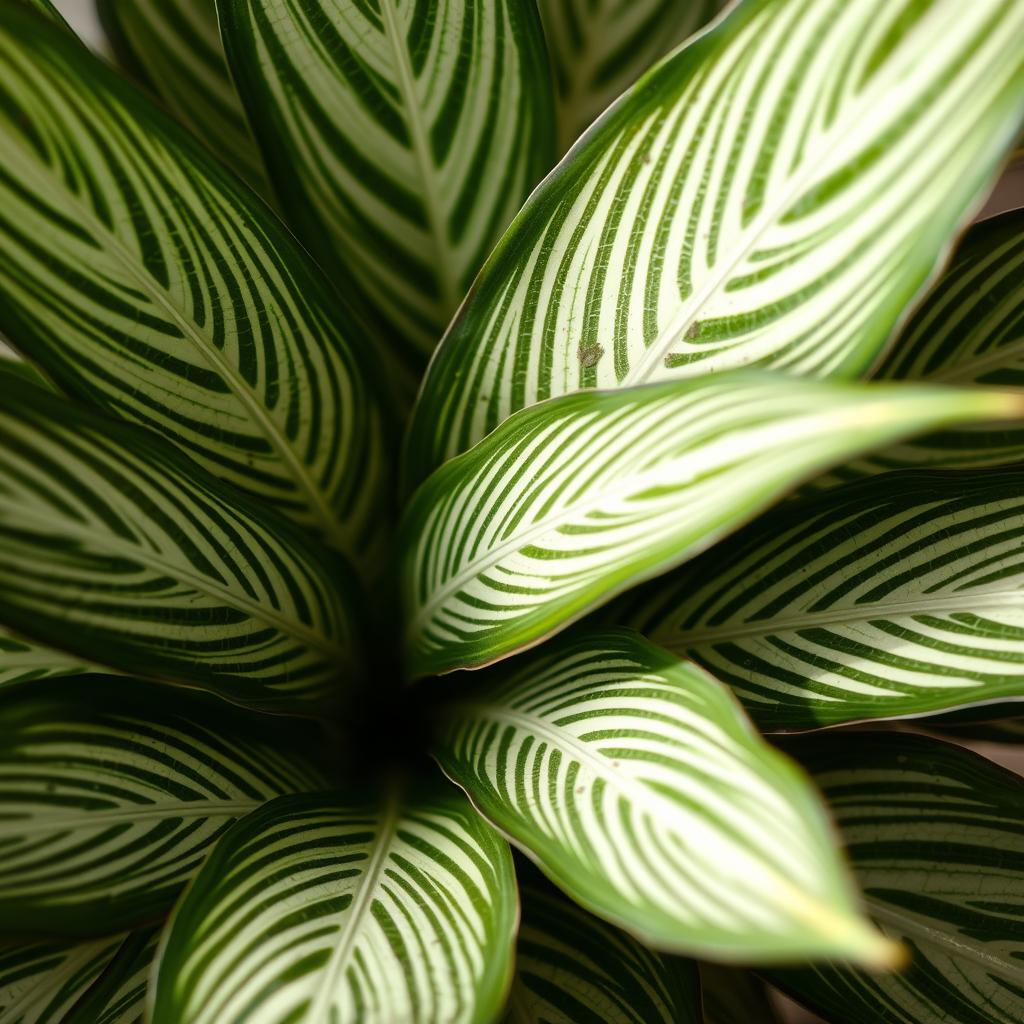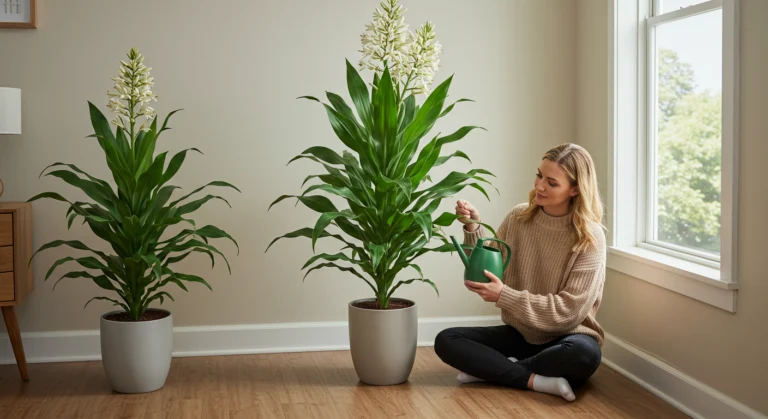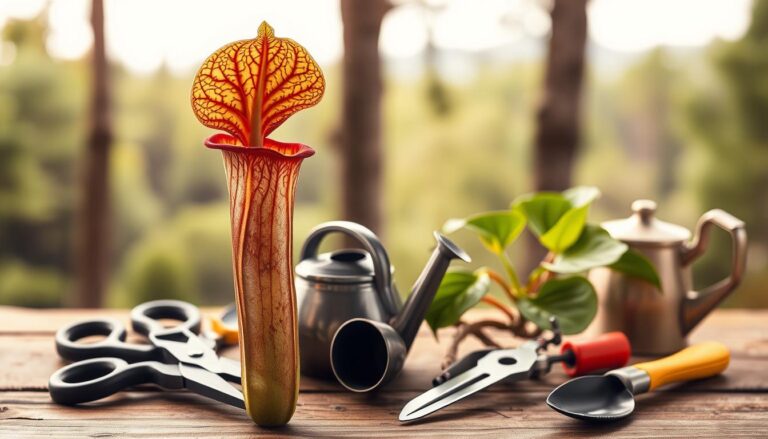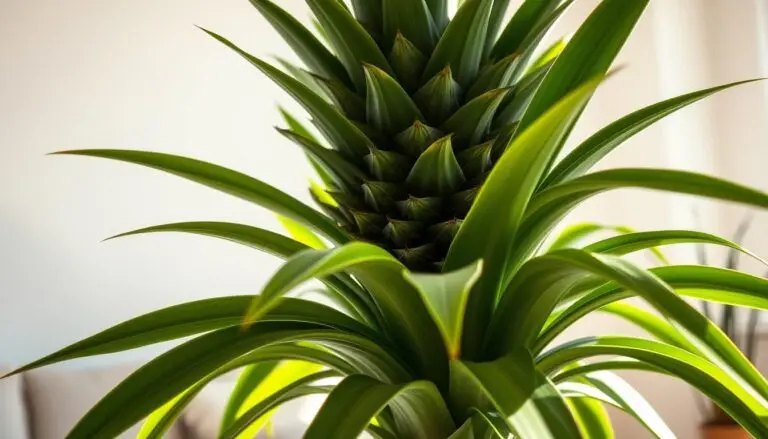Prayer Plant: Care & Growing Guide
The prayer plant, known for its stunning foliage and unique behavior, is a popular choice among houseplant enthusiasts. Its leaves fold up at night, resembling hands in prayer, making it a fascinating addition to any indoor space.
Native to the tropical forests of Brazil and other parts of South America, this houseplant thrives in warm temperatures and consistent moisture. With proper care, it can grow up to a foot in height indoors and provide years of enjoyment with its artistic leaf patterns.
Prayer plants are non-toxic to pets and humans, making them a safe choice for households with curious animals or small children.
Table of Contents
Understanding Prayer Plants
One of the most interesting aspects of prayer plants is their nyctinastic movement, a natural phenomenon where their leaves fold up at night and open flat during the day. This unique behavior is not just aesthetically pleasing but also serves specific purposes in their natural habitat.
What Makes Prayer Plants Special
Prayer plants are remarkable for their ability to move their leaves in response to light, a trait known as nyctinasty. This movement is believed to help maximize water collection during the day and reduce moisture loss at night. As noted, “Prayer plants are prized for their strikingly patterned foliage, featuring intricate designs, bold veining, and often vibrant colors.”
Popular Prayer Plant Varieties
The Maranta genus includes several popular varieties of prayer plants. The Red Prayer Plant (Maranta leuconeura var. erythrophylla) is known for its dark green leaves with red veins. Other varieties include the Rabbit’s Tracks (M. leuconeura var. kerchoveana) and the Green Maranta (M. leuconeura var. erythroneura). Each variety has its unique characteristics, making them popular among plant enthusiasts.
Essential Prayer Plants Care Requirements
Understanding the essential care requirements is vital for maintaining a healthy prayer plant. Prayer plants are low-growing, spreading plants that thrive best in tropical greenhouse-like conditions.
Light Requirements
Prayer plants thrive in bright to medium indirect light. Direct sunlight can scorch their delicate leaves, while too little light can cause leggy growth and diminished leaf coloration. Position your prayer plant near an east or north-facing window for ideal light conditions.
Key Light Requirements:
- Bright to medium indirect light
- Avoid direct sunlight
- East or north-facing window ideal
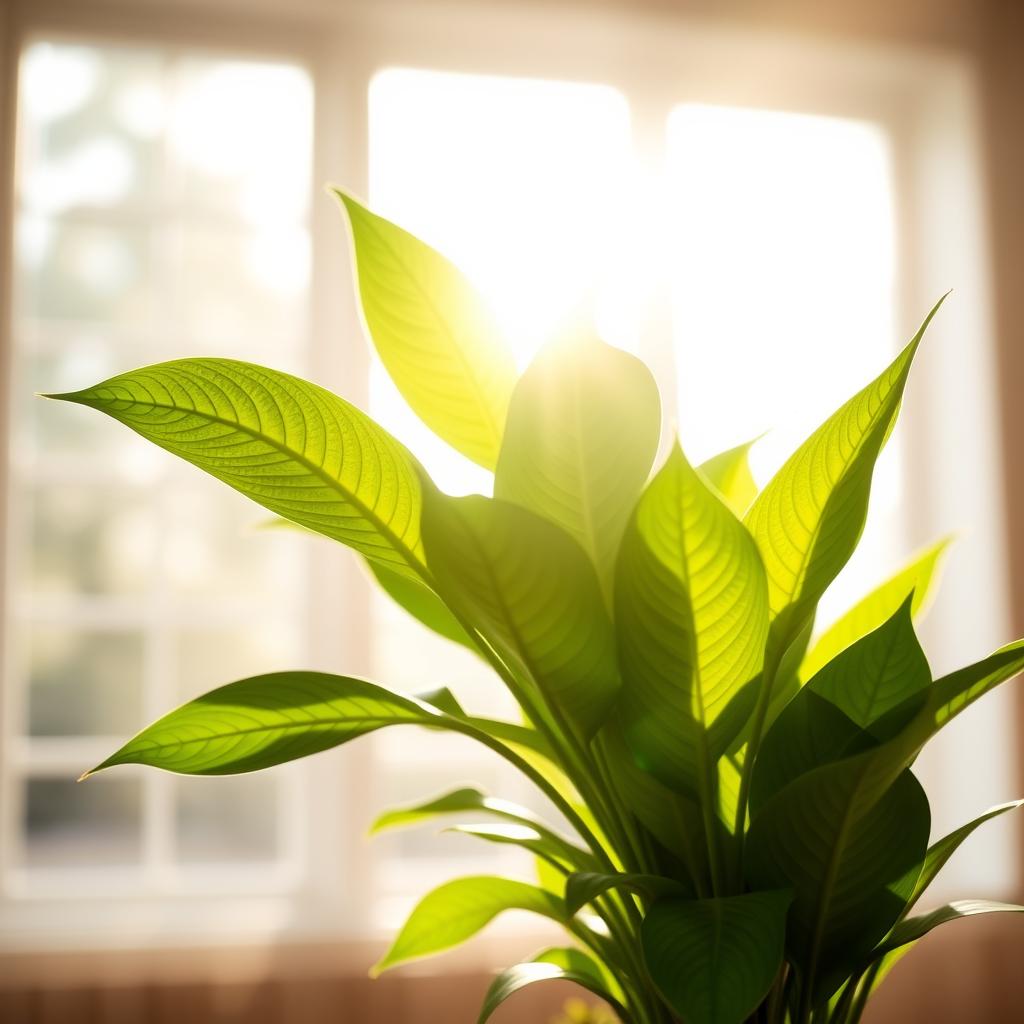
Watering Needs
Watering correctly is crucial for prayer plants. Keep the soil consistently moist but never soggy, allowing just the top inch to dry out between waterings. Typically, this means watering once or twice a week during the growing season.
Watering Tips:
- Use distilled, filtered, or rainwater
- Avoid tap water with chemicals
- Water when top inch of soil is dry
Soil Preferences
Prayer plants require well-draining, loamy, and acidic soil to thrive indoors. A mix of two parts peat moss, one part loamy soil, and one part perlite or coarse sand creates the perfect balance.
Soil Mix Recommendations:
- Well-draining and moisture-retentive
- Slightly acidic to neutral pH (6.0-7.0)
- Use a mix of peat moss, loamy soil, and perlite or coarse sand
Temperature and Humidity Needs
Prayer plants thrive in humid environments with normal household temperatures between 65-80°F (18-27°C). To maintain high humidity, use a humidifier, group plants together, or place the plant on a pebble tray filled with water.
Humidity and Temperature Tips:
- Maintain 50-60% humidity
- Use a humidifier if necessary
- Keep temperatures between 65-80°F (18-27°C)
Seasonal Prayer Plant Maintenance
As the seasons change, so do the needs of your prayer plant, requiring adjustments to its care routine. Understanding these seasonal requirements is crucial for maintaining the health and promoting the growth of your plant.
Spring and Summer Care
During spring and summer, prayer plants are in their active growing season. They require more frequent watering, typically when the top inch of soil feels dry, which can be 1-2 times a week. Regular fertilization is also necessary, using a balanced, water-soluble fertilizer diluted to half strength every 2-3 weeks. This is also the ideal time for pruning to encourage bushier growth and for repotting if the plant has outgrown its container.
Increased humidity during these warmer months can also benefit your prayer plant, supporting vigorous new growth. It’s essential to monitor your plant closely for signs of pests like spider mites, which thrive in warmer conditions, especially when humidity is low.
Fall and Winter Adjustments
As fall approaches and daylight hours decrease, prayer plants naturally slow their growth, requiring adjustments to their care routine. Watering frequency should be reduced, allowing the soil to dry slightly more between waterings. Fertilization should also be decreased to once a month or stopped entirely during the deep winter months.
Maintaining consistent temperatures during winter is crucial, keeping prayer plants away from cold drafts and heating vents. Consider increasing humidity measures during the heating season to combat dry indoor air. If your prayer plant shows reduced movement during winter, it’s normal and will resume with the return of longer daylight hours in spring.
Troubleshooting Common Prayer Plant Issues
One of the most common challenges prayer plant owners face is troubleshooting issues that arise during care. Prayer plants are generally considered easy to grow; however, they can be sensitive to their environment, and issues like yellow or brown leaves, pests, and unhealthy growth can occur.
Common Issues with Prayer Plants
Prayer plants can experience a range of issues, from yellowing leaves to pest infestations. Understanding the causes of these problems is key to resolving them effectively.
Addressing Yellow or Brown Leaves
Yellow leaves on a prayer plant are often a result of improper watering, a lack of sunlight, or too much sunlight. Overwatering can lead to root rot, causing the plant to die from dehydration. On the other hand, underwatering can cause leaves to turn yellow and then brown. To address this issue, check the soil moisture and adjust your watering schedule accordingly. Ensure your prayer plant is receiving the right amount of indirect sunlight.
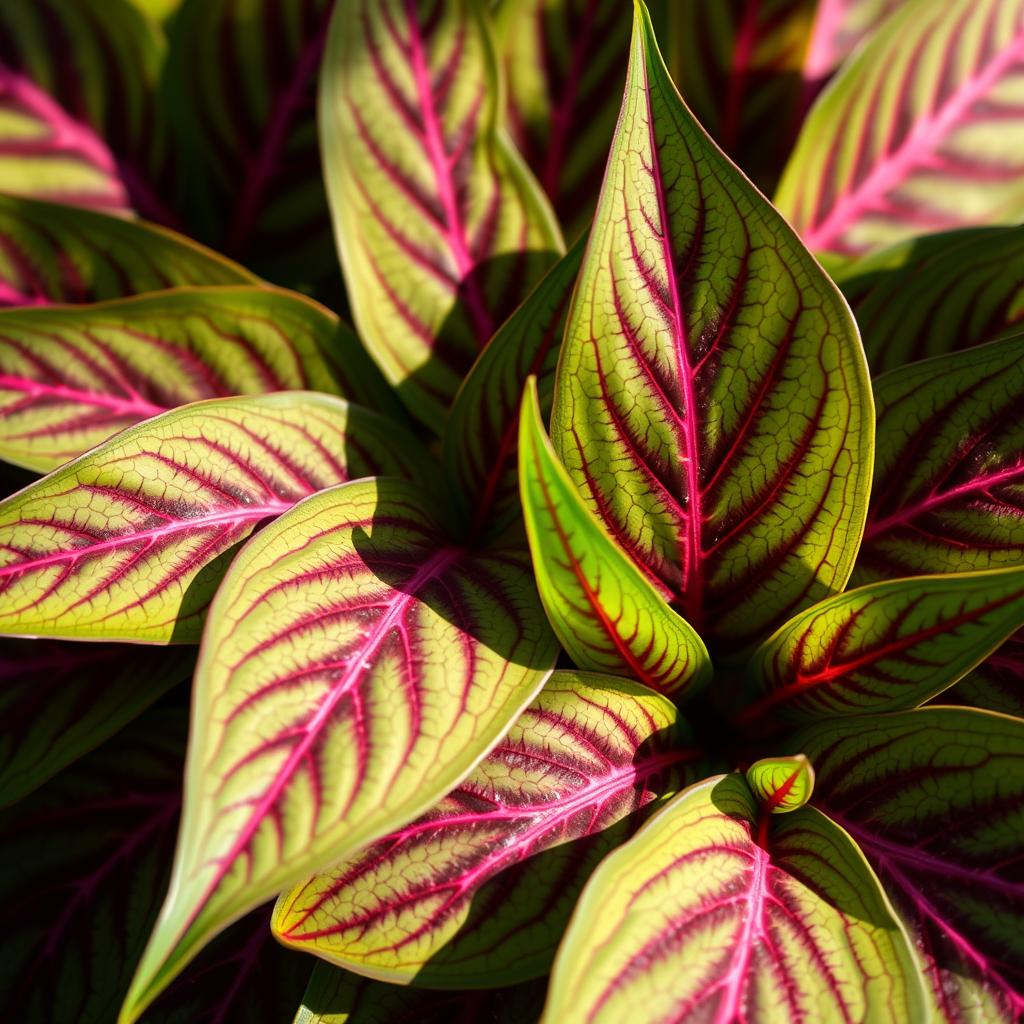
Dealing with Pests
Prayer plants can be vulnerable to common houseplant pests like spider mites and mealybugs. Signs of infestation include tiny bugs on the underside of leaves, white powder on leaves, or browning leaves. To deal with pests, treat your prayer plant with neem oil or insecticidal soap, making sure to apply it to both sides of the leaves and repeating the treatment every 7-10 days until the issue is resolved.
Reviving an Unhealthy Plant
Reviving an unhealthy prayer plant requires patience and a systematic approach. Start by addressing the most critical factors: water, light, and humidity. Check the soil moisture, adjust the lighting conditions, and ensure the humidity around your plant is adequate. If necessary, use a humidifier to increase the moisture in the air. Once these primary issues are addressed, you can consider secondary concerns like fertilization or repotting.
As “Prayer plants are a delight to grow, but they do require attention to detail and a willingness to adapt to their needs.” By understanding and addressing common issues, you can keep your prayer plant healthy and thriving.
Propagation and Long-Term Success
To ensure the continued health and beauty of your prayer plants, understanding how to propagate them is crucial.
The easiest and most common method is division during repotting. This involves gently separating the plant into sections, making sure each division has healthy roots and at least 2-3 stems with leaves. Spring is the ideal time for this process as it coincides with the plant’s active growth phase.
For long-term success, establish a consistent care routine that mimics the plant’s natural tropical environment. This includes maintaining stable temperatures, providing appropriate light, ensuring consistent moisture, and maintaining adequate humidity. Rotating your prayer plant quarterly can also promote even growth.
By following these tips and being patient, you can enjoy thriving prayer plants for many years. Consider repotting every 1-2 years and keeping a plant journal to track your plant’s response to different care techniques.

